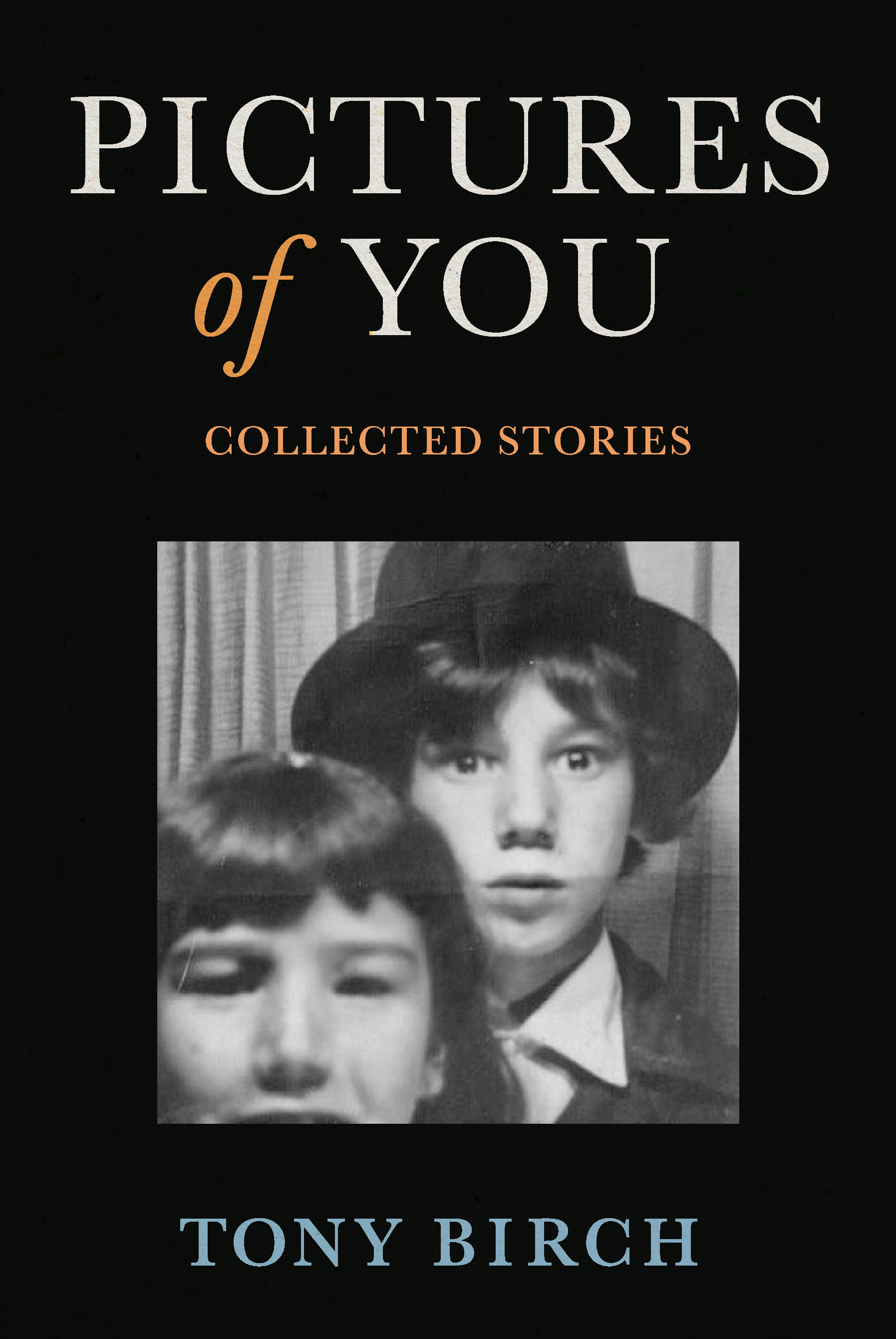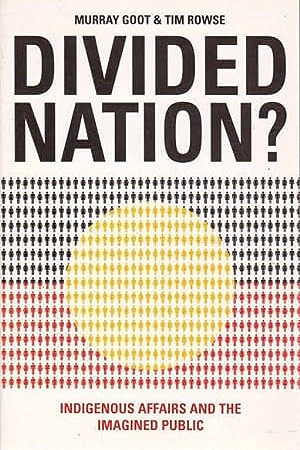Australia’s First Naturalists: Indigenous peoples’ contribution to early zoology
NLA Publishing, $44.99 pb, 223 pp, 9780642279378
Australia’s First Naturalists: Indigenous peoples’ contribution to early zoology by Penny Olsen and Lynette Russell
Aboriginal and Torres Strait Islander viewers are advised that the following article contain depictions of people who have died.
What does it mean to really know an ecosystem? To name all the plants and animals in a place and understand their interactions? To feel an embodied connection to Country? To see and hear in ways that confirm and extend that knowledge?
Indigenous ways of knowing contain such detail and depth. To the Eora people of Sydney, for example, the migratory Curriy’gun (Channel-billed Cuckoo) announced itself noisily every spring. ‘Its raucous, persistent calling alerted the Eora to the impending arrival of rain, storms and flooding.’ Similarly detailed registers of information were mapped and catalogued by songlines and knowledge systems, filling the entire continent. For the Yolŋu in Arnhem Land, flowering stringybark trees coincided with the shrinking of waterholes. And when the D’harawal people of the Shoalhaven region in southern New South Wales saw the golden wattle flowers of the Kai’arrewan (Acacia binervia), they knew that fish would be running in the rivers and that prawns would be schooling in estuarine shallows.
It was knowledge that proved valuable to colonisers, as Penny Olsen and Lynette Russell contend in their new book, Australia’s First Naturalists. The New South Wales Surveyor General Thomas Mitchell learned from Yuranigh, a Wiradjuri man who explained how curious rings of gravel and stones on the river beds were actually the nests of the eel-tailed catfish, and who showed him the leaves of the Goobang, a type of acacia that was used to poison the river to catch fish. Mitchell wrote that Yuranigh’s expertise was indispensable: ‘his intelligence and judgment rendered him so necessary to me that he was ever at my elbow’.
Continue reading for only $10 per month. Subscribe and gain full access to Australian Book Review. Already a subscriber? Sign in. If you need assistance, feel free to contact us.











Leave a comment
If you are an ABR subscriber, you will need to sign in to post a comment.
If you have forgotten your sign in details, or if you receive an error message when trying to submit your comment, please email your comment (and the name of the article to which it relates) to ABR Comments. We will review your comment and, subject to approval, we will post it under your name.
Please note that all comments must be approved by ABR and comply with our Terms & Conditions.